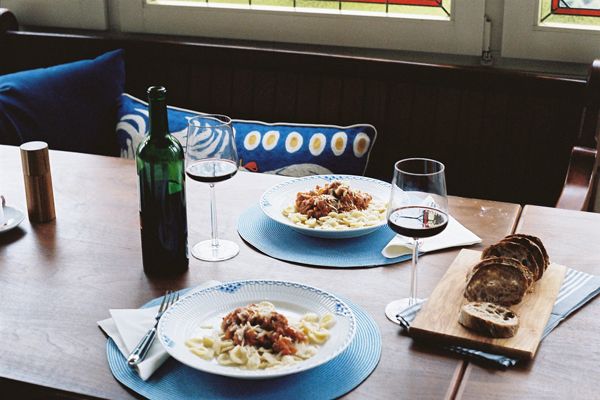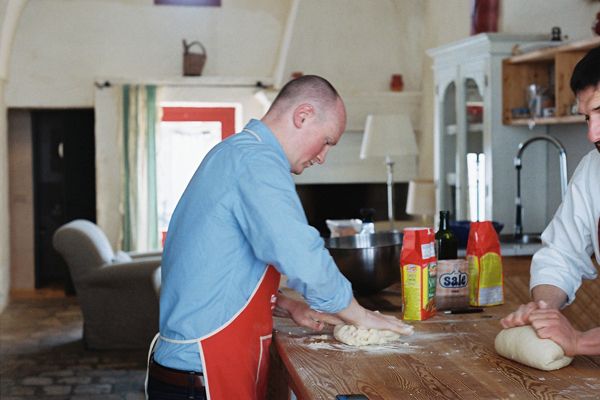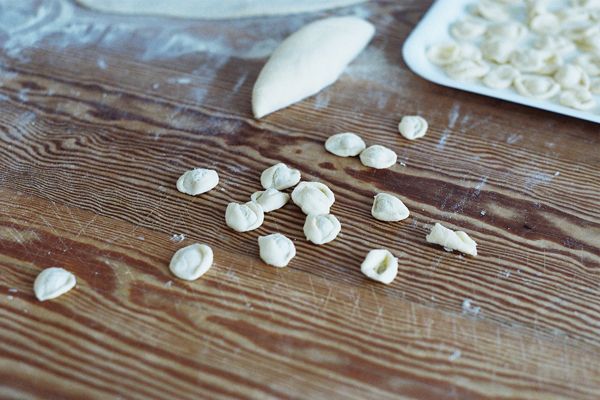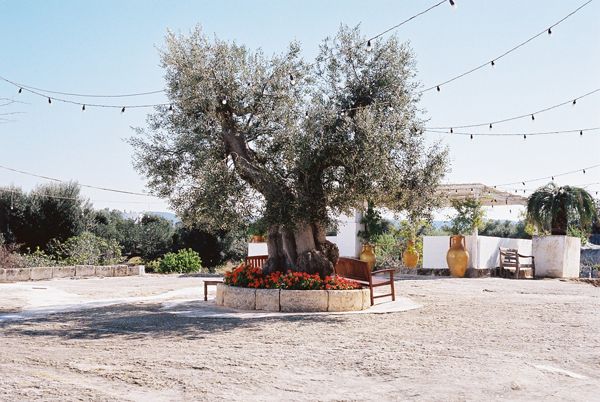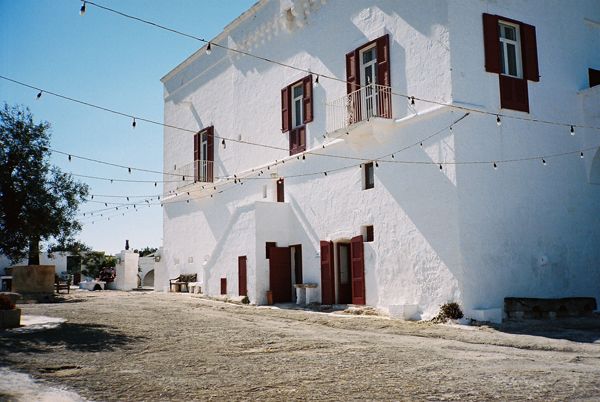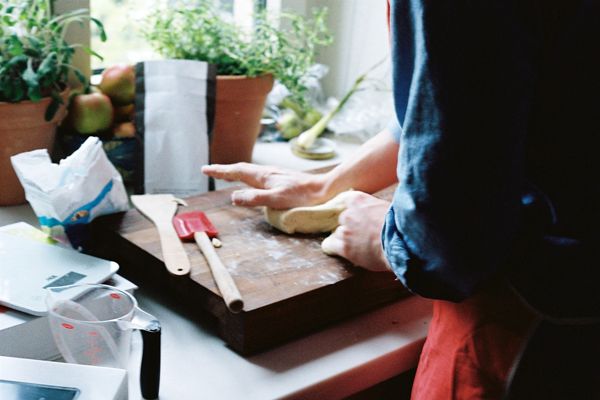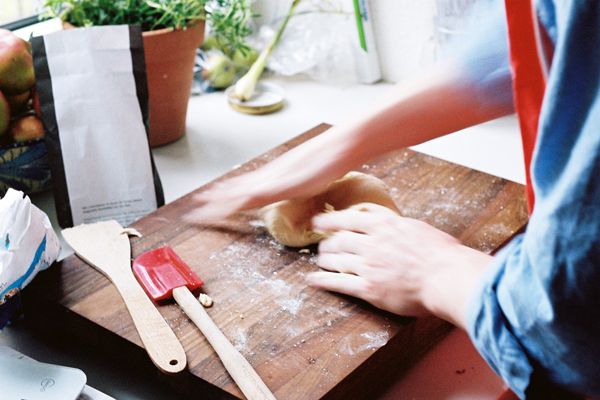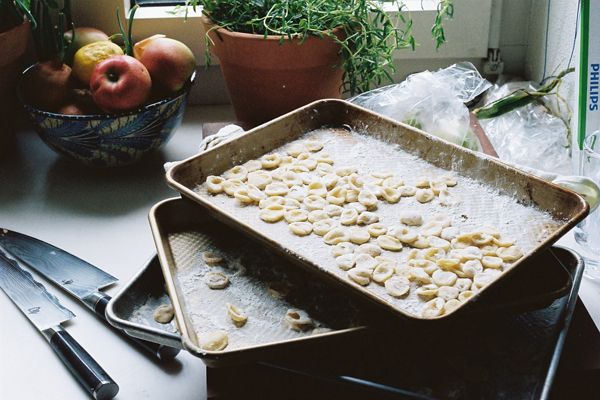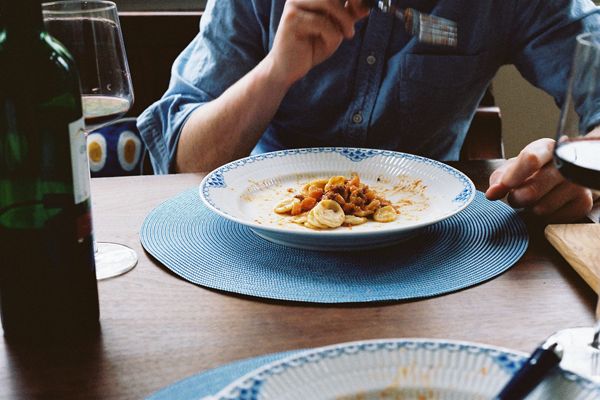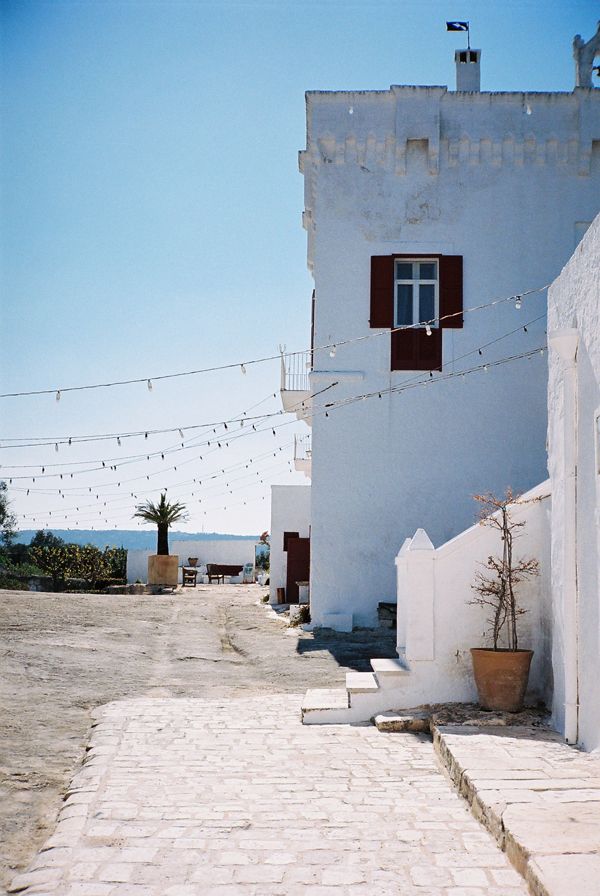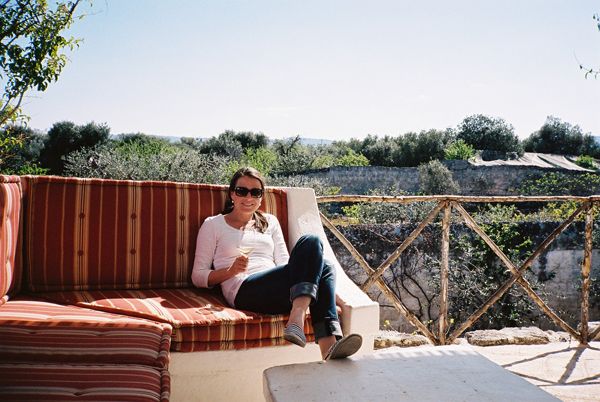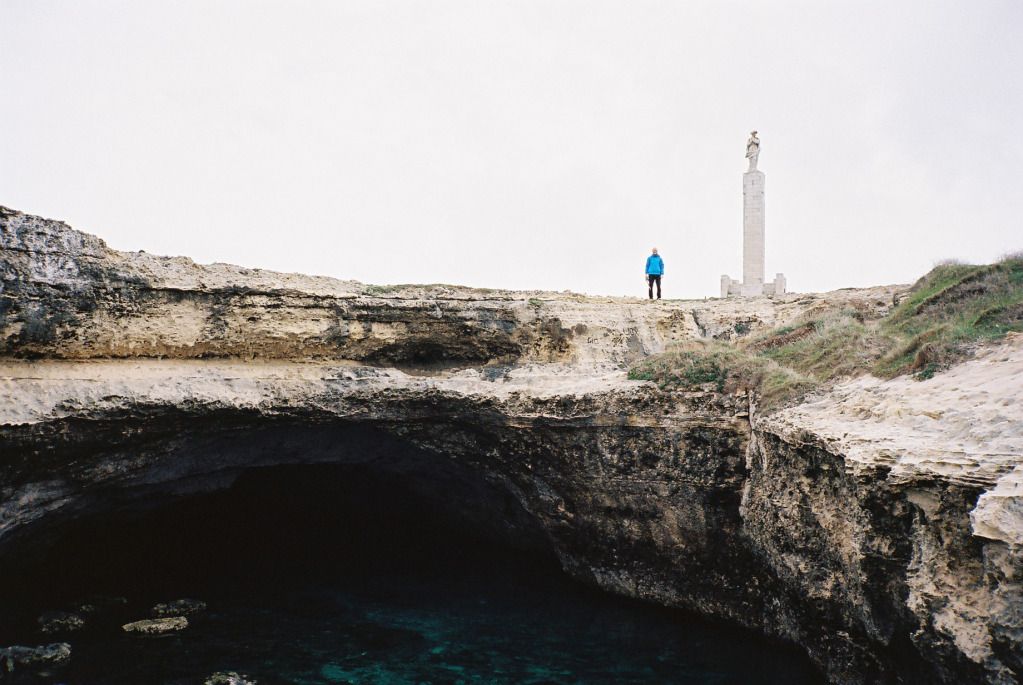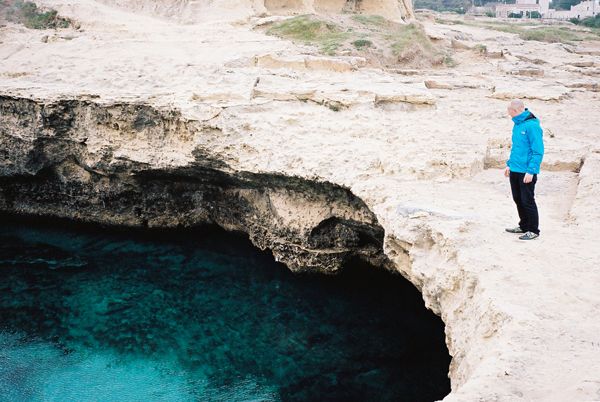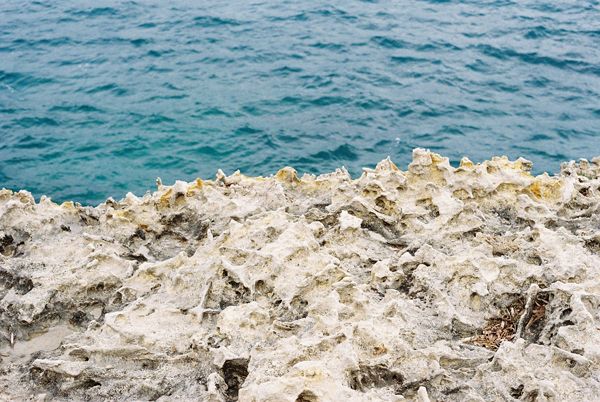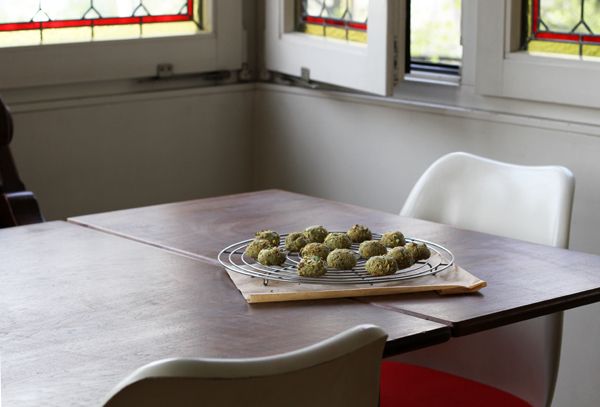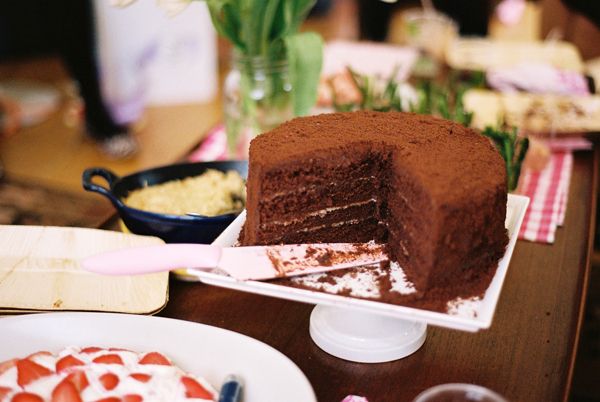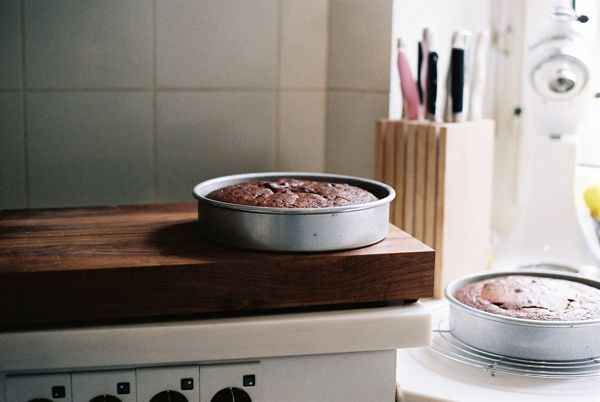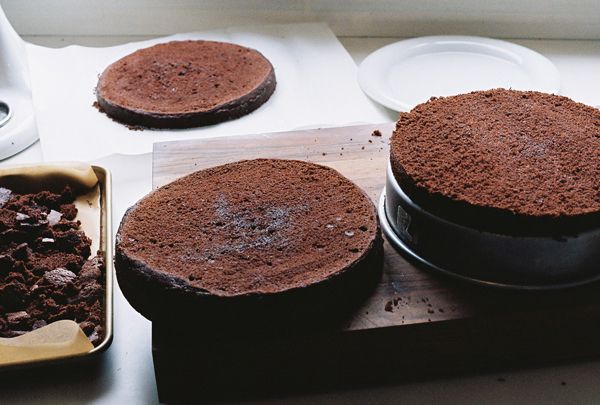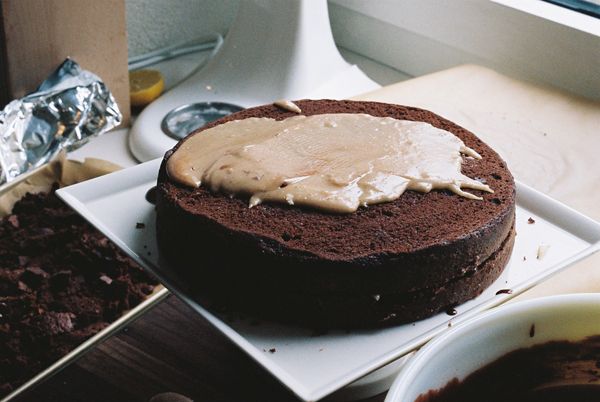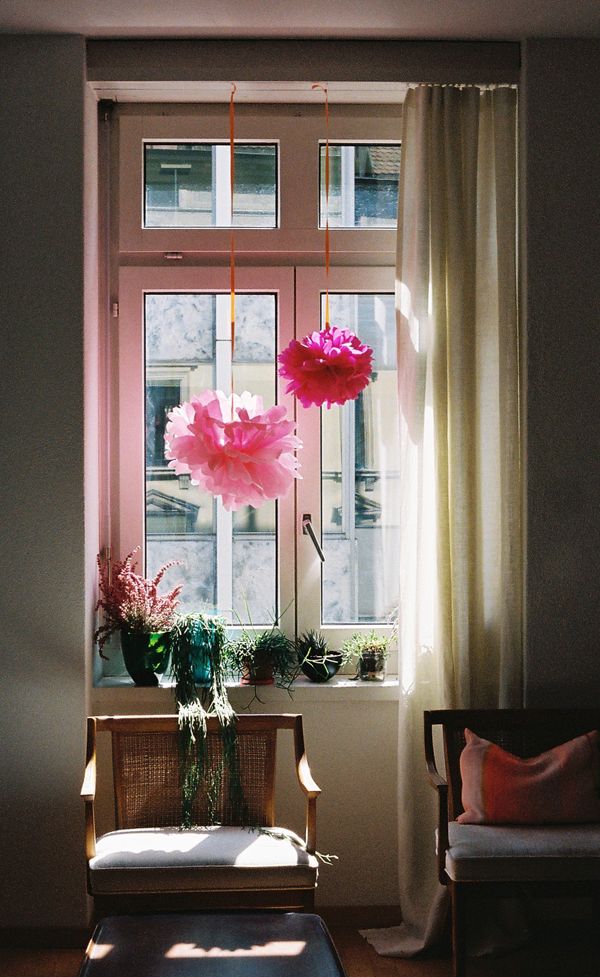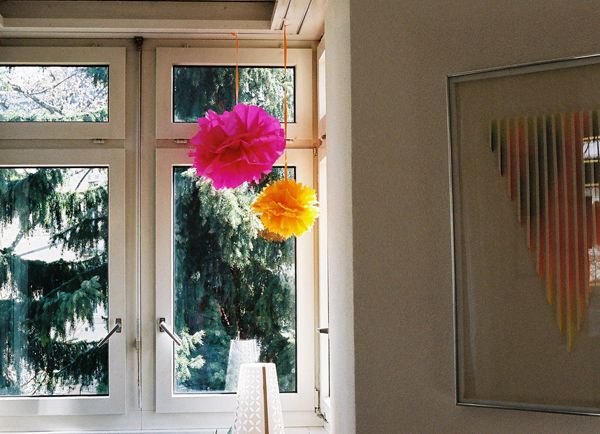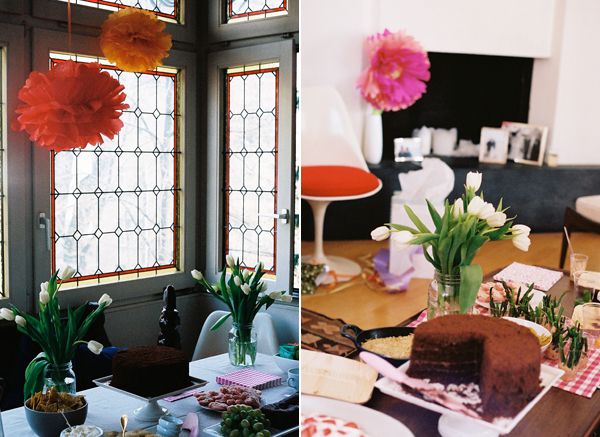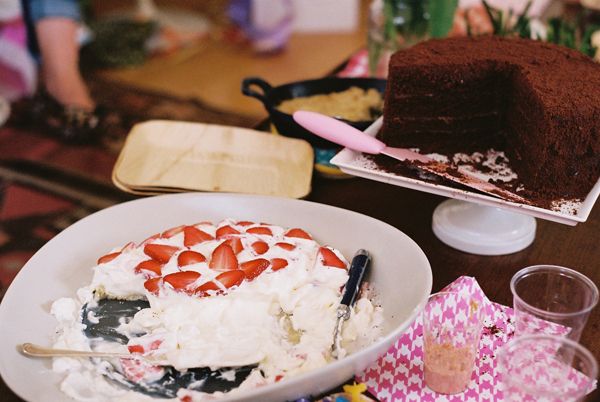This morning I sent the following email to my friend Odette -
I just ate a pot of chocolate mousse and a piece of chocolate and it's not even noon.
Oh Talley, get ahold of your self.
We often chat about chocolate and cake, Odette and I, as it seems we are both drawn to the bitter sweetness of dark chocolate and the soft crumb of a well-made cake. Odette can justify a few extra slivers of chocolate cake after dinner because she is pregnant - due any day now - and as I mentioned previously, chocolate cake is good for babies. I can't blame excessive chocolate eating on pregnancy cravings, but that doesn't mean I don't try and rationalize my consumption. This morning, whilst spooning airy chocolate mousse into my mouth, I thought the following...
Mousse is made with eggs and eggs are a breakfast food so it's okay to be eating mousse before noon...maybe it should only be eaten before noon...and it has coffee in it and coffee was made for mornings...so mousse with coffee is a morning meal...so what that the eggs and coffee swimming in chocolate?...it's like a chocolate mocha with eggnog and people drink those for breakfast (even though I've never heard of a mocha with eggnog)...and it's in a yogurt pot and yogurt is eaten for breakfast and so what if it's not actually yogurt...it's a really special mousse and I should eat it before it goes bad...
And so it continued until I had spooned all of the mousse out of the little blue ceramic pot and into my mouth, where it melted with a sigh, unleashing note of coffee before disappearing in a smooth chocolate swallow. If you didn't know to watch for it you might miss the coffee flavor all together, it is the secret ingredient, adding just enough richness to the chocolate without overpowering it.
I stopped drinking coffee a little while ago. It reminded me too much of architecture school, where if I ever found myself without a cup I ran out to get one. It was part of the uniform, right along with the color black. I think we used the cardboard cups as props, something to occupy our hands - and hide behind- while we desperately tried to defend our design decisions, which were inevitably being torn apart by a critic, a critic who was gesturing wildly and using a coffee cup as a pointer.
The highlight of architecture school and my requisite coffee drinking was a class trip to Rome the summer before my final year. Have you ever stood at the counter of an Italian caffè? Ordering a caffè in italy is an entirely different experience. First you order and pay the cashier, then you take your
receipt to the counter, shoving your way to the front, and hand the receipt to
the barista, who whips around, places the grinds in the metal filter, mounts
the filter on the machine, and quickly the espresso pours into a tiny white
porcelain cup. The cup is then placed on an equally miniature saucer and both
are passed to you at the counter, where you are expected to stay while you
drink it. It is a quick process, just a sip, and it’s gone. There are no long
watery American coffees to be seen, just short, smooth, black, ristrettos. They
are enough to woo you back to Italy.
And so even though I had semi-given up coffee when we were
in Apulia I partook, walking up to the counter, leaning slightly over the edge
and ordering due caffè, per favore. I
also learned that you don’t need to be in a city to drink a great espresso, you
can be in the middle of nowhere, at a gas station along the side of the road
from Lecce to Otranto, or in the tiny hill little town of Locorotondo. It will
be good, you will think it was the best you’ve ever had, until you pull up to
the next counter.
I came back to Zürich desperate for that smooth Italian
caffè. We have a Nespresso machine (thanks Sandy & Katie!) so I marched
right into Nespresso and up to the saleswoman and asked if they had anything
that tasted like the coffee I had had in Italy. She responded with ‘so you want
it very strong?’ I didn’t realize it was strong at the time because it didn’t
taste at all bitter, which is the taste I associate with strong, so I said ‘I
guess so’ and she sold me two boxes of their strongest pods, and home I went.
For the past few weeks, since before Easter, there has been
a life-size chocolate bunny sitting across the kitchen from the Nespresso machine. I
swear to you that they have been making eyes at each other since I first put
them in the same room. And then of course all Easter bunnies need eggs, and chocolate
+ coffee + eggs = chocolate mousse.
Just before I sat down to write this I ate the last two pots of mousse. Well, really, I ate one pot and then I stared bleakly into the empty pot, made a pouty face, and then Zach gave me the rest of his pot, and I ate it, and then proceeded to make another pouty face. This mousse is amazing. It is light, and airy, and fluffy, and smooth, and simple, and (I wish I had another word) delicious. I hope you make it.
As David Lebovitz notes in his book before this mousse recipe, the recipe relies on raw eggs. GASP! but you see, not really. Europeans don't panic about raw eggs, at all. If you go looking for the eggs in the refrigerated section of the grocery store, you wont' find them there, because they aren't refrigerated. They are stacked neatly on a shelf near the cool dairy items, but not with them. This initially terrified me. I avoided buying eggs for weeks, if not months. What about salmonella? I learned that after an egg is laid it has an inherent bacteria fighter built in, that keeps the egg safe for roughly two weeks. That same thing that keeps it safe on the shelf keeps it safe in your food, allowing you to make yummy chocolate mousse with raw egg. The eggs here in Zürich are dated with their lay date and expiration date. I also try to buy my eggs at the farmers market where I can assure they are local and fresh. I've eaten about 4 mousse pots, so that is a little over two raw eggs and I'm feeling better than ever...currently rationalizing...I really do feel good...maybe I should make more mouse...raw egg agrees with me...I feel energetic...and my hair is extra shiny...and I'm extra focused...must be the mousse...
// chocolate mousse //
* David Lebovitz suggests using Chartreuse liquor or espresso
** the little pots are optional, you can also make on larger batch
*** I just made these again (May 6, 2012) and I used a stronger espresso and it is a bit too strong. Use a mild espresso or even a lungo (more like an americano) or even a strong american drip coffee.
ingredients
225 g // 7 oz bittersweet or semisweet chocolate, finely chopped
45 ml // 3 tablespoons water
30 ml // 2 tablespoons mild espresso or strong coffee (see note above)
4 large eggs at room temperature, separated
pinch of salt.
In a double boiler, or a bowl set over barely simmering water, begin melting the chocolate, water and espresso. Stir occasionally, making sure the mixture doesn't get too hot, and remove from heat just as it begins to looks smooth. Continue stirring until all of the chocolate has melted and the mixture smooth. Set the bowl aside.
Whip the egg whites with the salt in the bowl of a standing mixer fitted with a whisk attachment. Beat until stiff peaks form and the mixture looks creamy.
Stir the egg yolks into the chocolate mixture. Then fold one third of the egg whites in, incorporating until no white streaks are visible. Follow with the remaining egg whites until fully incorporated.
Pour the mousse into 4-6 ramekins (or one big bowl), cover with plastic wrap and refrigerate for at least three hours or overnight. The mousse will keep in the fridge for five days or in the freezer for one month.














